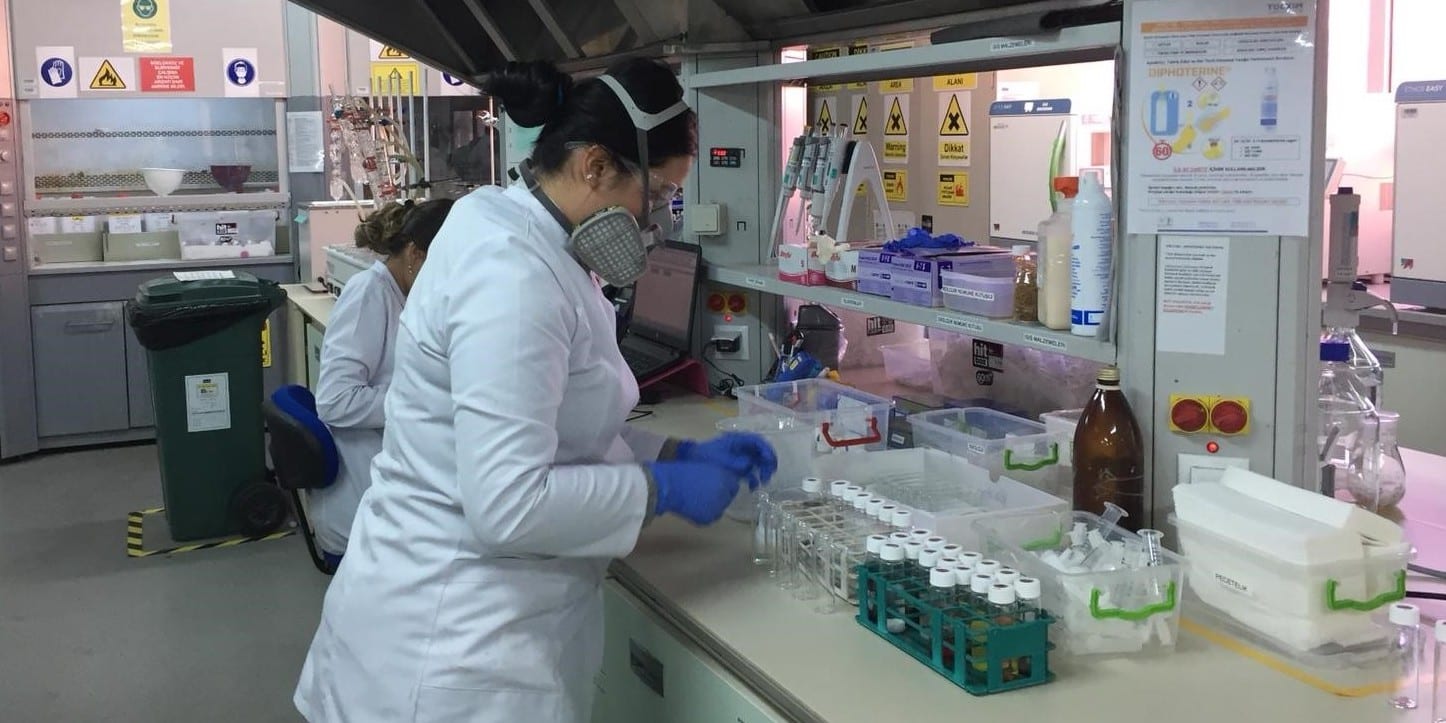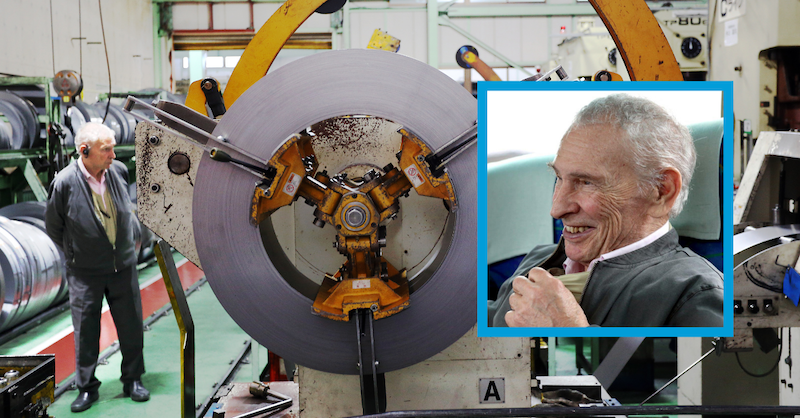
How to measure the financial impact of lean thinking
INTERVIEW – How many times have you been asked, “What is the ROI of lean?” Jean Cunningham provides her insight to help you measure the financial impact of your lean improvements.
Interviewee: Jean Cunningham, Founder, Jean Cunningham Consulting
Roberto Priolo: What is the biggest challenge to measuring the actual impact of lean on your organization?
Jean Cunningham: Asking what lean can do for you is only logical - businesses are about financial performance. However, we often try to be too specific with the answer and to apply certainty to something that is uncertain.
Organizations, in particular those operating in manufacturing, are very reluctant to project the financial impact of an initiative. They feel like they are going to get blamed if their forecast is off.
Truth is, there is no way to know exactly what you are going to get with your lean efforts, but there are a couple of things you can do.
First of all, we can share information on what other successful lean companies have done (perhaps reading books like Art Byrne’s The Lean Turnaround) and on what we can reasonably expect to achieve ourselves.
Secondly, we can move away from the traditional department-by-department approach to a budget. Instead, we can put in a gross factor that says that our cost structure is going to improve, even though we don’t exactly know where. Then we have our initiatives and we get into the details of a particular opportunity – for example, if a department is working 10 hours of overtime every week and we reduce the work content and the firefighting, is it reasonable to think overtime will go down too? Of course!
You are always going to be challenged if you try to aggregate a specific cost to a specific improvement event and report it on your financial statement, because lean benefits come over time and things always change. You may say today that you have reduced 10 hours of overtime, but if demands suddenly doubles you will have overtime again – in lean, you constantly need to re-assess and re-evaluate.
RP: In a recent presentation, you mentioned trend shifting as a way to measure the value of lean. Can you explain it to Planet Lean readers?
JC: When we try to measure the impact of an initiative, one of the main benefits of lean is that it allows us to avoid problems before they ever occur (mistakes, rework, etc).
Accounting, however, doesn’t have any tool to measure things that don’t happen. We only measure what does happen. As we are successfully eliminating overtime, or a return that had to be reworked, or a repeated lab test… the impact of this is really hard to measure. That’s when trends come into the picture: they can give us a very good signal that something has changed.
We can look at the rate of something compared to another aspect and we can see a shift in those relationships, and we know something has shifted in our department. We don’t necessarily know the impact of any one item, but we can get a sense of the fact that overall things have indeed changed.
RP: What were your big a-ha moments as a CFO?
JC: One big a-ha moment was the realization that we didn’t pay nearly enough attention to the costs as they were developed through production development. Financial organizations are woefully missing on product development, which is where all our costs are generated.
The second big epiphany is that in accounting we see the transactions of the business, but that also means we see the rework transactions. How can we capture rework transactions to help the organization to see where there are process improvement opportunities?
What we do in accounting is fixing immediately issues, but we never connect the dots. We see the results of problems, but we could also act as a beacon for the organization that shows them where they should go dig for improvement.
RP: What sort of product development opportunities are we talking about here?
JC: Let’s focus a bit more on this concept of value added vs. non–value added. What if we took a product and we looked at every material in that product and every activity related to the production of that material? For each of those, what if we wondered whether the customer actually cares for them? Say you have a box of markers… what parts of that box does the customer really care about? What is the cost of each of the materials in the box and in the markers? Are all the materials necessary?
What if we found out that the ink in the barrel of a marker has, say, an ounce and we found that is a significant part of our cost? And what if we found that the customer normally uses only a third of an ounce before environmental factors, etc, make the marker unusable? Would we still put an ounce in? Is there an opportunity in the product design to improve profitability without degrading customer value?
In other words, we need to look at how the customer interacts with our product and where they find value to help us to connect the cost of that product with its design.
There is more, and that is process design and accounting. Let’s say you have a shrink wrap machine, that produces shrink film. You put the product in and you need to run the machine four-five times before you get a good wrap, adjusting as you go. Imagine the amount of wasted wrap! What if through process design you’d have another piece of equipment helping you to run the wrap machine only twice instead of five times?
RP: What is the advantage of having cross-functional teams involved in kaizen?
JC: Let me give you an IT example. In IT, what typically happens is that a request comes in, is thrown over the wall, goes in a queue to be evaluated, and then the process starts (specs, development, trial, test, etc.).
If the IT person doesn’t understand how the business is changing, they are going to evaluate the request based on a traditional view of how the business works. But if they have taken part in improvement events and seen processes designed, two exciting things happen:
- when they do finally get a request they understand the background, which reduces the time of the evaluation of the request and gives us a better chance to hit the mark with less testing at the end.
- Applications often have existing capabilities that users don’t know of – by having IT professionals in the event, they often know of those capabilities. As you go through the process and look for improvements, therefore, you can start tackling those. I find that over and over again, it is one of the most common insights from IT professionals. This approach has several benefits: you get some improvement right away; you have a better understanding of customer need; and you reduce the time for application design.
RP: You mentioned a process map as a powerful tool in an office environment. Why is it?
JC: In a process, there are different people carrying out different parts and usually they have been trained on their own part and know it very well. That’s great, but what about what other people do. Because in our offices we primarily deal with forms and computer screens these days, it is hard to look over and see what others are doing or get a feel for it.
The process map is a structured way to allow each person to describe his/her part of the process in a way that is not threatening. Everybody is contributing a portion, and knows about everybody else’s piece of the jigsaw. It is right in front of them.
THE INTERVIEWEE

Read more


FEATURE – A laboratory testing services firm in Istanbul has turned to lean management to reduce complexity, shorten lead-times, and make its growth sustainable.


FEATURE – In this compelling read, the author discusses lean thinking as a system for learning that challenges our assumptions and tells us why blindly applying “best practices” takes us nowhere.


OPINION – When thinking about Barcelona, most of us think of Gaudí’s architecture, tapas and beach weather, but the Catalonian capital might also be a worthy example of lean principles applied to city management.


FEATURE – On October 31st, the Lean Movement lost one of his pioneers. In this piece, Dan Jones reflects on Freddy Ballé’s legacy.

